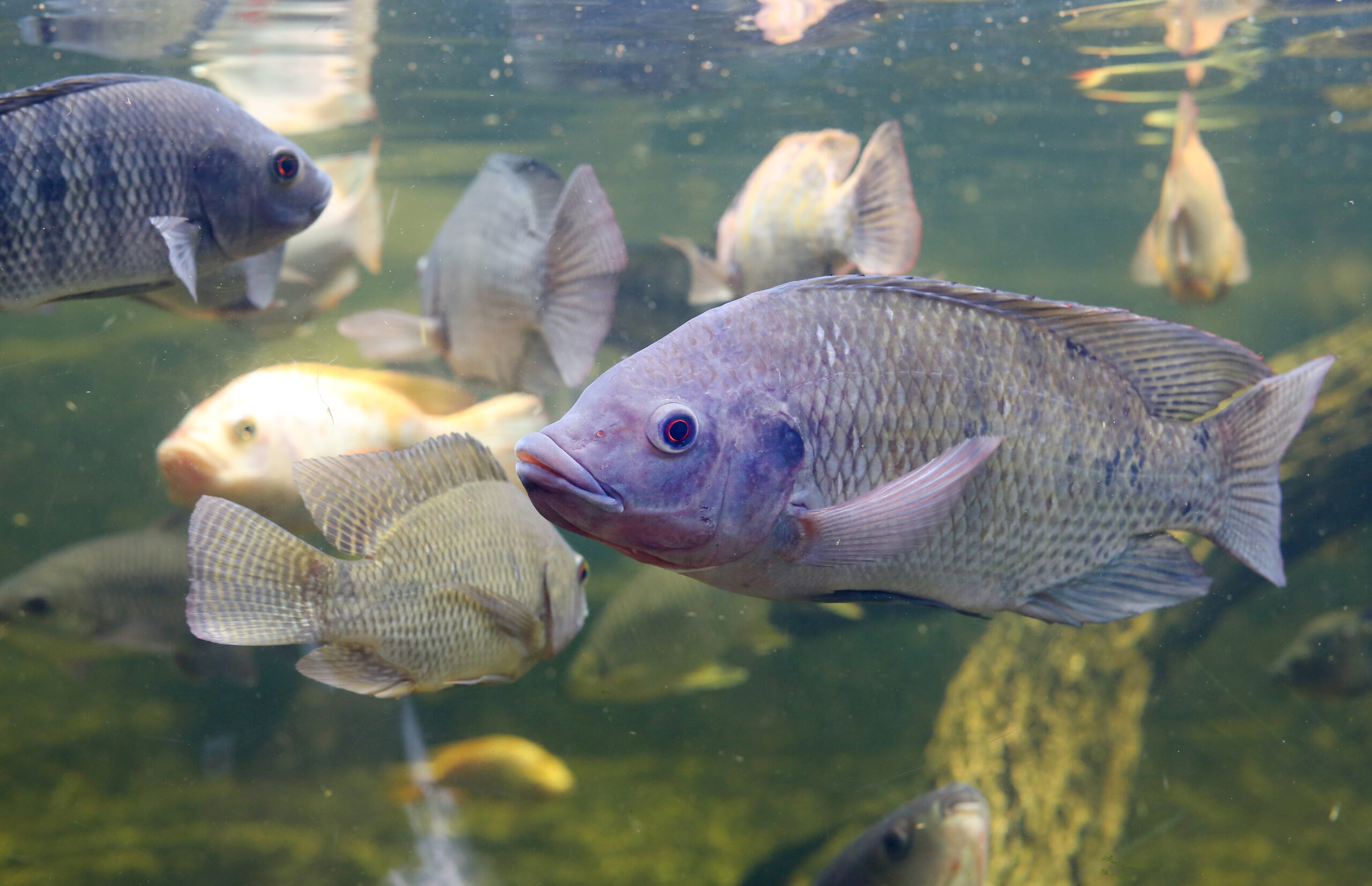
Vet Blog | 3rd April 2025 Does Prescribing CBD Sound a Little Fishy? Let’s Dive In!
While CBD prescriptions are most commonly written for our canine companions, you might be surprised to learn that this treatment has found its way into the care plans for a variety of species. In fact, CBD is prescribed across a wide spectrum of animals, and here’s the kicker: all our veterinary patients—yes, even fish—have an endocannabinoid system (ECS), the primary target for CBD.
CBD isn’t just for dogs. It turns out that the ECS is found in nearly every animal—from mammals like dogs and cats to even invertebrates like sea urchins and mussels. The ECS plays a crucial role in maintaining homeostasis, supporting everything from the nervous and immune systems to various other biological functions, which is why CBD can be so impactful across species.
While roughly 85% of PetCann CBD prescriptions are for dogs and 12% for cats, research shows that CBD’s potential benefits extend far beyond our canine and feline friends. To date, PetCann has received scripts for many species for a variety of indications—from palliative care for a guinea pig, head tremors in a lizard, to immune-mediated vasculitis and photic headshaker syndrome in a horse! CBD has a wide range of applications for a variety of indications and species, proving its versatility across the animal kingdom.
But here’s where it gets really interesting: even fish can benefit from CBD! Yes, that’s right—fish. As surprising as it may seem, the ECS is ubiquitous across the animal kingdom, found in nearly all species except for protozoa and insects. So, when we talk about using CBD to improve animal welfare, we’re talking about much more than just dogs and cats. While most of us are unlikely to see a fish presented in general practice, the information and potential application are fascinating.
Fish and CBD – addressing stress and behaviour in aquaculture
In aquaculture, fish often face stress due to overcrowded environments, poor water quality, and aggressive social interactions. As stress triggers the autonomic nervous system, it can elevate cortisol levels and compromise immune function. Over time, this leads to poor welfare, ill health, diminished reproductive performance, and potential weight loss.
Interestingly, research has started exploring CBD as a potential solution to reduce these issues. One study tested CBD’s effectiveness in reducing stress and aggressive behaviors in Nile tilapia (Oreochromis niloticus). Researchers applied varying doses of CBD (0, 1, 10, and 20 mg/kg) over a 5-week period, looking at how it affected social behavior, stress response, and overall health.
What Did the Study Reveal?
- Aggression Reduction: Fish receiving 10mg/kg CBD showed significantly reduced aggressive behavior. They were less likely to attack their tank mates when exposed to a social stimulus (a mirror reflecting their image).
- Stress Response: CBD seemed to reduce stress in response to non-social stimuli (confinement), with fish given 20mg/kg CBD exhibiting lower ventilation rate variation after confinement than the control group. This was not demonstrated to reduce stress in the mirror reflection group (social stimuli).
- Cortisol Levels: Fish that received 10mg/kg or 20mg/kg of CBD had lower baseline cortisol levels, though the effect on post-stress cortisol levels was not significant.
- Growth and Feeding: CBD didn’t seem to impact the fish’s growth, feed intake, or feed conversion efficiency.
- Reproductive Effects: There was a notable change in reproductive health. Fish receiving 10mg/kg and 20mg/kg CBD had increased gonadosomatic index (testes size), but at the same time, the number of spermatozoa decreased. The 1mg/kg dose had the most profound negative effect on sperm production.
Understanding the biphasic effect of CBD
These results bring up some fascinating consistencies in veterinary medicine. First, the study underscores the importance of dosing—CBD had a biphasic effect. At 10mg/kg, aggression was reduced, but at both lower and higher doses, this effect was not seen. This biphasic response is familiar to us in mammals, including dogs and humans, where too little or too much CBD can have unintended outcomes.
As veterinarians, this finding serves as a reminder of the delicate balance needed when prescribing CBD. Additionally, the different sources of stressors may require different dosing to achieve efficacy. The reproductive effects observed in the fish also suggest that we must remain cautious about the age and condition of the animals we’re treating, as well as the long-term effects of CBD on fertility.
A Look Ahead: supporting wellness of all animals in our care
CBD’s promise as a treatment for pain, stress, anxiety, and aggression is far from limited to dogs and cats. As we learn more about its effects across species, it’s clear that there are untapped opportunities in species we may not have considered. While CBD currently should not be used in food-producing animals, it shows potential for improving the welfare of non-food species in addition to enhancing the health of companion and exotic animals. The potential applications of CBD in veterinary care are vast.
So, the next time you hear someone considering the use of CBD in your practice, remember that it’s not just about dogs and cats—it’s about supporting the wellness of all the animals in our care, all creatures great and small.
References:
Endocannabinoid receptors are involved in enhancing food intake in rainbow trout – PubMed
Role of the Endocannabinoid System in Vertebrates: Emphasis on the Zebrafish Model – PMC
The Endocannabinoid System of Animals – PMC
Cannabidiol improves Nile tilapia cichlid fish welfare – PubMed
See you next month!
Jen and the team at PetCann


